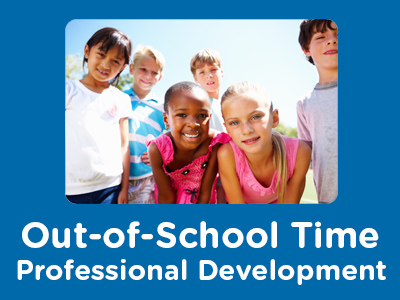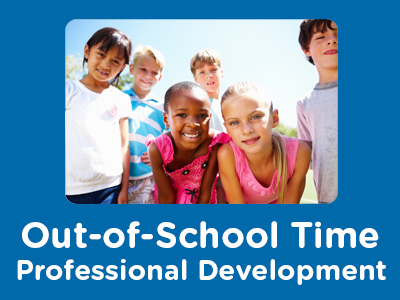 |
Quality Management: The Costs Of Quality |
0.50 |
Before the quality revolution that began in the United States in the 1980s, quality was frequently viewed as a goal that came at a higher price for production. However, the reality is that poor quality is a result of the ineffective use of resources, including wasted material and labor. Therefore, improved quality means better use of resources and lower costs.
In this course you will learn to: identify the relationship between quality and cost, the benefits of establishing quality requirements, management’s responsibilities for achieving conformance, and the costs of customer dissatisfaction. |
 |
Quality Management: The Costs of Quality (Instructor Guide) |
0.50 |
Before the quality revolution that began in the United States in the 1980s, quality was frequently viewed as a goal that came at a higher price for production. However, the reality is that poor quality is a result of the ineffective use of resources, including wasted material and labor. Therefore, improved quality means better use of resources and lower costs.
In this course you will learn to: identify the relationship between quality and cost, the benefits of establishing quality requirements, management’s responsibilities for achieving conformance, and the costs of customer dissatisfaction.
This Instructor's Edition of this course includes notes and suggestions to assist you in presenting the material, whether in an in-person classroom setting or as an instructor-led online or distance-learning course. It also provides you with the answers to questions found in mid-lesson activities, as well as in the quiz that concludes the course. |
 |
Strategic Decision Making: Decision Options |
1.17 |
Before you begin generating options for a business decision, you should take time to understand the decision you’re going to make. You can increase and improve your options by using available techniques and by avoiding pitfalls. When planning to make a decision, you might generate other options, and compare them without considering which approach you should use to make the decision. By failing to consider your approach, you might select one of the options without considering all the necessary information. This lack of information can prevent you from recognizing and considering some of the best options.
In this course you will learn to: identify the techniques for generating options and improving the quality of your options, and evaluate your options and identify the techniques for making a final decision. |
 |
Strategic Decision Making: Decision Options (Instructor Guide) |
1.17 |
Before you begin generating options for a business decision, you should take time to understand the decision you’re going to make. You can increase and improve your options by using available techniques and by avoiding pitfalls. When planning to make a decision, you might generate other options, and compare them without considering which approach you should use to make the decision. By failing to consider your approach, you might select one of the options without considering all the necessary information. This lack of information can prevent you from recognizing and considering some of the best options.
In this course you will learn to: identify the techniques for generating options and improving the quality of your options, and evaluate your options and identify the techniques for making a final decision.
This Instructor's Edition of this course includes notes and suggestions to assist you in presenting the material, whether in an in-person classroom setting or as an instructor-led online or distance-learning course. It also provides you with the answers to questions found in mid-lesson activities, as well as in the quiz that concludes the course. |
 |
Human Relations Skill Development: Communication and Team Building for Paraprofessionals |
1.00 |
Being able to communicate effectively is an essential human relations skill for paraprofessionals. To be a good communicator, paraprofessionals need to understand the components of communication, and how the communication process works. They need to identify barriers to clear communication and develop strategies for minimizing or eliminating barriers to communication. Assessing the current status of personal human relations skills helps each professional identify priorities for making improvements to these skills. |
 |
Human Relations Skill Development: Good Communication Skills |
0.67 |
Being able to communicate effectively is an essential human relations skill for school-age care professionals. To be a good communicator, school-age professionals need to understand the components of communication and how the communication process works. They need to identify barriers to clear communication and develop strategies for minimizing or eliminating barriers to communication. School-age care professionals also need to work cooperatively with other team members to solve problems and conflicts. In this course, we will explore good communication skills. |
 |
Human Relations Skill Development (Collection) |
2.00 |
Being able to communicate effectively is an essential human relations skill for school-age care professionals. To be a good communicator, school-age professionals need to understand the components of communication and how the communication process works. They need to identify barriers to clear communication and develop strategies for minimizing or eliminating barriers to communication. School-age care professionals also need to work cooperatively with other team members to solve problems and conflicts. This requires an understanding of how teams work and the characteristics of effective teams. Assessing the current status of personal human relations skills helps each professional identify priorities for making improvements to these skills. |
 |
Human Relations Skill Development |
2.00 |
Being able to communicate effectively is an essential human relations skill for school-age care professionals. To be a good communicator, school-age professionals need to understand the components of communication and how the communication process works. They need to identify barriers to clear communication and develop strategies for minimizing or eliminating barriers to communication. School-age care professionals also need to work cooperatively with other team members to solve problems and conflicts. This requires an understanding of how teams work and the characteristics of effective teams. Assessing the current status of personal human relations skills helps each professional identify priorities for making improvements to these skills. |
 |
Course 08: Human Relations Skill Development |
2.00 |
Being able to communicate effectively is an essential human relations skill for school-age care professionals. To be a good communicator, school-age professionals need to understand the components of communication and how the communication process works. They need to identify barriers to clear communication and develop strategies for minimizing or eliminating barriers to communication. School-age care professionals also need to work cooperatively with other team members to solve problems and conflicts. This requires an understanding of how teams work and the characteristics of effective teams. Assessing the current status of personal human relations skills helps each professional identify priorities for making improvements to these skills. |
 |
Human Relations Skill Development: Cultivating Communication Skills |
0.67 |
Being able to communicate effectively is an essential human relations skill for school-age care professionals. To be a good communicator, school-age professionals need to understand the components of communication, and how the communication process works. They need to identify barriers to clear communication, and develop strategies for minimizing or eliminating barriers to communication. School-age care professionals also need to work cooperatively with other team members to solve problems and conflicts. In this course, we will explore strategies for cultivating good communication skills. |











